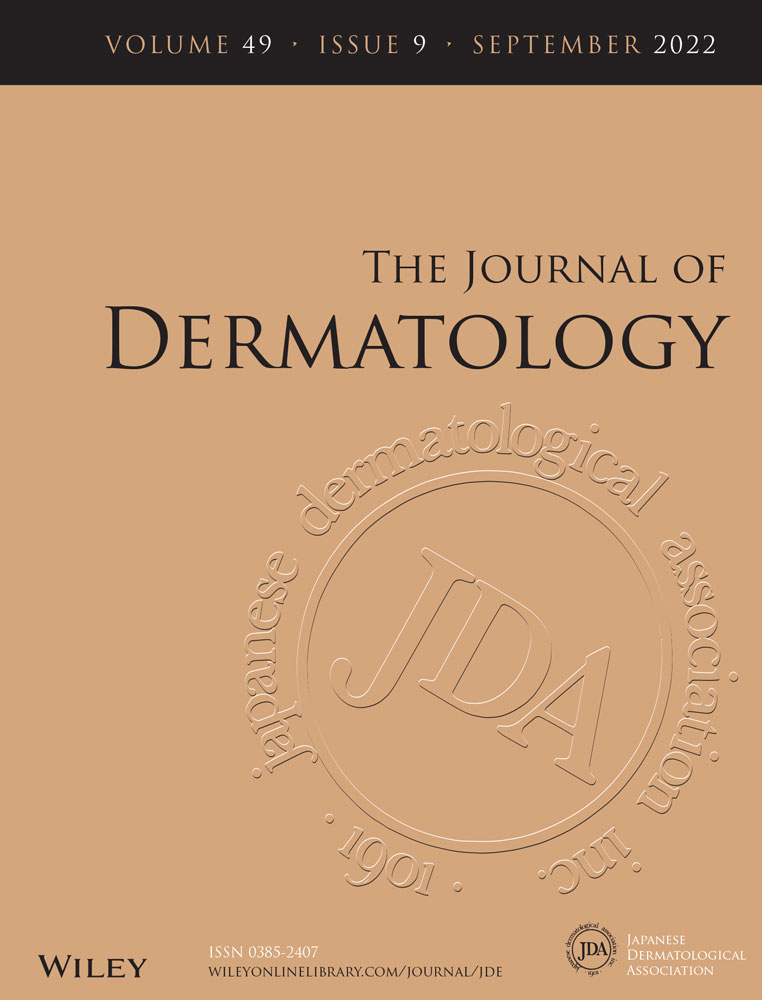Congenital curved nail of the fourth toe: Report of three cases and review of the literature
Abstract
Congenital curved nail of the fourth toe (CNFT) is a rare disorder in which the nail plate of the fourth toe is deformed as it curves toward the sole of the foot. The cause is still unknown, but the congenital deformity of the nail plate is thought to be due to shortening of the terminal phalanx and hypoplasia of soft tissue of the fourth toe. Here, we report three typical cases who presented congenital curving nail on both their fourth toes. Their X-ray showed that the distal phalanges of the fourth toes were short. Thus far, 19 cases of CNFT were reported in English literature. Interestingly, almost all cases have been from Asia (18 out of 19). The majority of the cases were bilateral and asymptomatic. Tenderness was seen in eight cases, which was caused by the pressure of the nail plate on the skin or ingrown nail. Treatment is basically unnecessary for the deformity, but it is important to teach safe and appropriate nail clipping methods to avoid pain. We can easily diagnose CNFT because of the characteristic clinical presentation and should provide appropriate advice on the nail care from early stage.
CONFLICT OF INTEREST
None declared.




